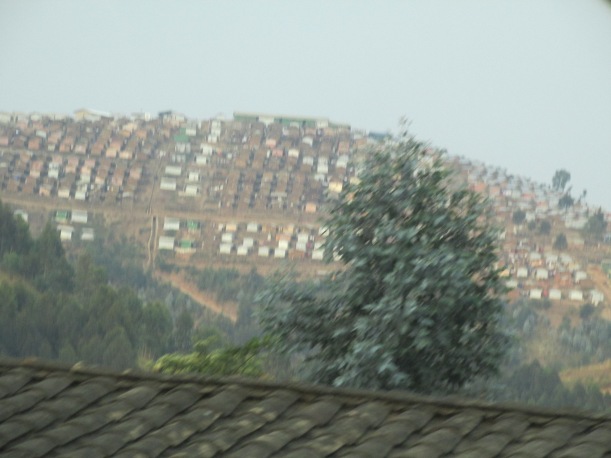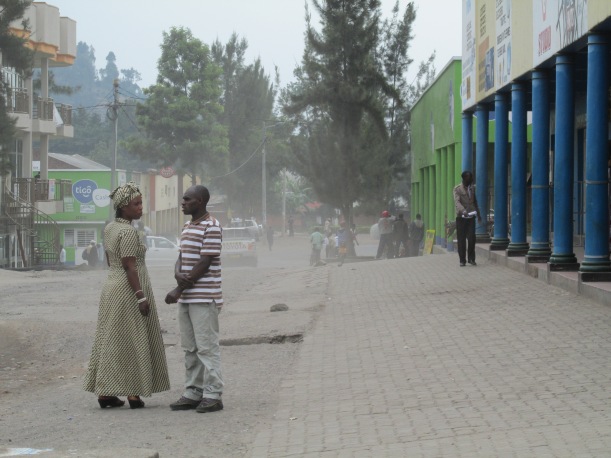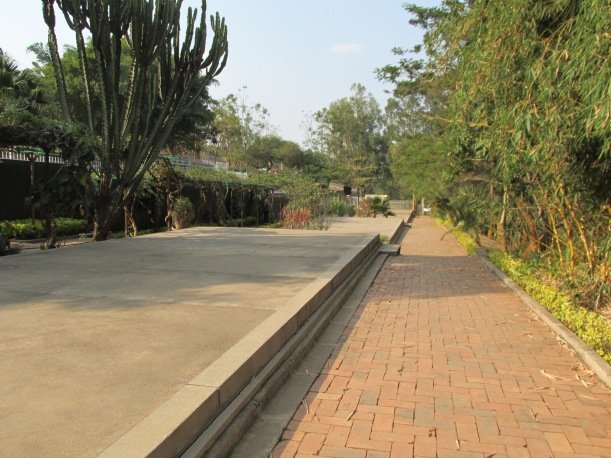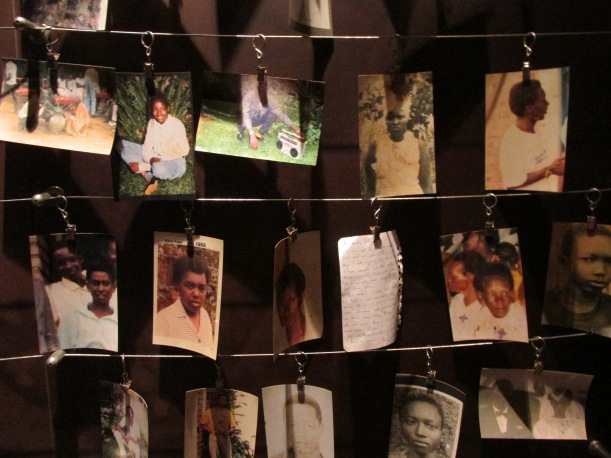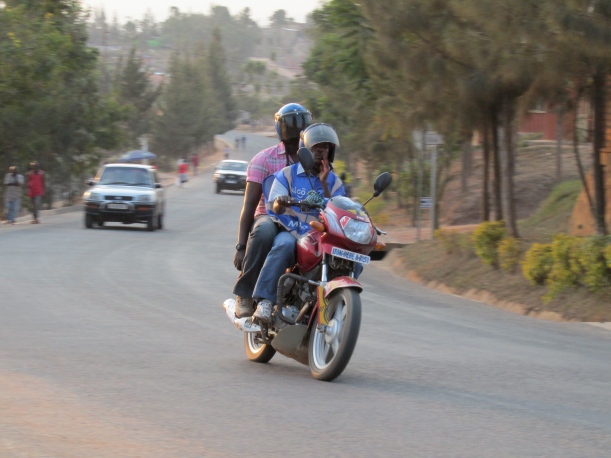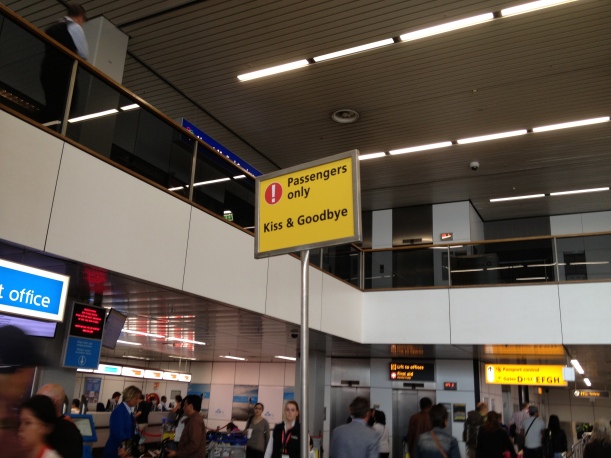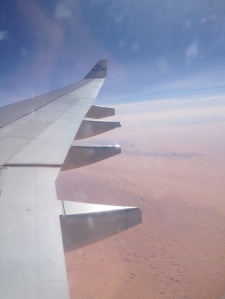*Content warning*
Please be advised that this post contains graphic content.
“Are you scared?” she asks me.
“It’s just hard.” I respond.
My guide takes me by the hand and leads me down the steep steps.
“Oh god,” is all I can muster.
It’s the smell. It’s similar to the scent of a basement— a mix of cement, mold, with an added chalky odor.
It’s the smell of death.
I’m standing in the Nyamata mass grave, and I’m surrounded by shelves upon shelves of skulls and bones in what is one of two crypts here.
I’m in the Bugesera District about 45 minutes south of Kigali, here to see two very important memorial sites— two Catholic churches where mass murders were carried out during the 1994 genocide.
During the genocide, many people took refuge in churches all over Rwanda as they had in the past, thinking they would be safe. But they were terribly wrong. Here in Nyamata, in April 1994, the Interahamwe militia attacked the church. They threw grenades inside to the church and then entered, using rifles and machetes to massacre the people who were still alive inside. Ten thousand people were killed in the church and surrounding area.
My guide’s name is Anita and like most of the guides at these memorial sites, she is a victim who has lost family here.
I’m trying to process what I’m looking at, skulls stacked on top of skulls. Sometimes it’s just a piece of a skull— just a jaw. Anita is comforting me and it’s messing with my head, because she’s the one who saw this happen and I can only try to imagine it.
Her casualness is eery…we exit the grave and she walks along, texting on her cellphone as she shows me different parts of the memorial. Along with the mass underground graves containing bones and caskets, there is the church, its pews still draped in thousands of items of clothing belonging to the victims. All of it is covered in a thin layer of red dust that matches the dried blood on the clothing. I pick out a a child’s cowboy hat sitting on a pew.
I leave Nyamata and head on a short moto ride across town to the other church memorial, Ntarama.
Ntarama is a church with a very similar story. Five thousand people were murdered here. Inside this smaller church, there is clothing hanging from the rafters and windows, and shelves containing personal items of victims— a few mattresses, a suitcase, a shoe, a pair of glasses. A Tutsi identity card precariously hangs off one of the shelves, a faded photo of a woman marked “Tutsi” underneath. There are caskets here too, each containing the remains of about 100 people.
I see yet another shelf of skulls. My guide, Jonathan, points to one skull with a perfect circle hole on the right side of it. “That was a hammer.” he says. I notice another skull that has a sharp, rusted piece of metal sticking out of it. Jonathan tells me it’s a farm tool. There are some very small skulls mixed amongst the other ones. “These were children?” I ask. “Yes.”
I ask Jonathan why so many bones are on display while others are in caskets.
“It’s important so that people can see what happened,” he explains. Although most of the bodies are buried, people’s clothing and hundreds of skulls have been left on display so that visitors can see the brutality in which people died and the scale of how many were murdered.

Various clothing and furniture still clutter the floor of the kitchen. The structure was burned down with people still inside.
At Ntarama, there is not just a church, but several other buildings to visit. Jonathan shows me the kitchen that was burnt with people inside of it. There is also another small structure right beside the church that was used by the priest. It now contains several thick white sacks.
Jonathan tells me that these are the newest remains they’ve found. Even 19 years later, remains are still being dug up.
“We have run out of room in the church. We need to build a mass grave here,” he says.
We come to another structure. It looks like a very small version of the church, with miniature pews and a chalkboard inside.
“This is where they taught Sunday school,” Jonathan says.
He points to the wall. It has a large, dark brown spot on it. It looks like someone has covered the spot in bits of red plaster.
I’m told it’s the blood and brains from children who were taken by their legs and had their heads smashed against the wall until they were dead.
He points to a stick. During the genocide, women were often raped before being killed. The stick was used to impale women from their genitals right up to their mouths.
The sun is hanging low in the sky now. Jonathan leads me back outside and to a bench. “You can sit here for a bit so you can think about what you saw,” he says. He walks away.
I sit down on the warm cement and close my eyes. The air is so fresh, surrounded by grass and trees, not like the dank smell inside the churches. I can hear a cow in the distance.
In the quiet, I hear screams. I see blood and I see fire and I see fear. Images of chaos I can only begin to create in my own mind. And I see so, so many bones.
Skulls of people nobody knows.







